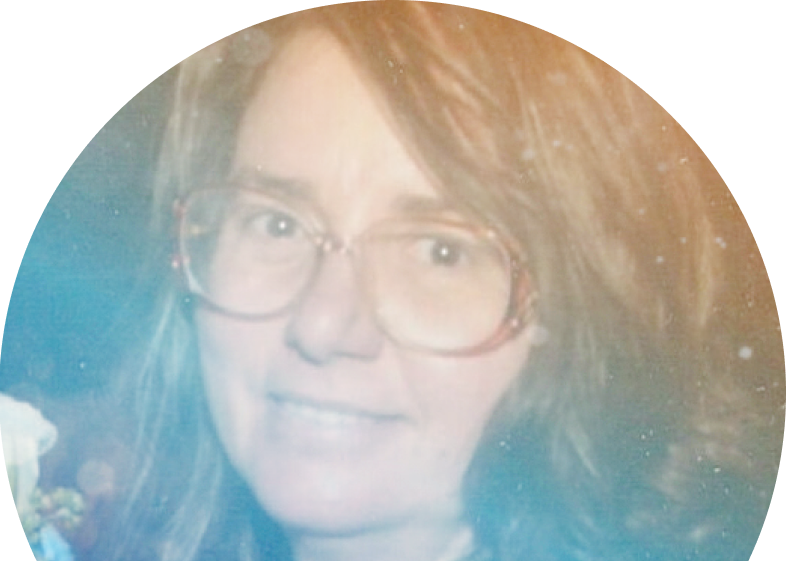The Thrill of the Unexpected
When the Pons-Flesichmann conference happened in 1989, Pam was working on thionyl chloride batteries with Stan Szpak. Stan knew Martin Fleischmann personally, and what they were working on, so when the news broke, he knew what he wanted to do. Knowing about the long incubation times needed for D/Pd (Deuterium/Palladium) loading, he conceived the idea of D/Pd co-deposition. They scrambled to get the necessary components in the lab and were able to do experiments. They conducted experiments with thermocouples in the cathode and solution, showing that the heat source was the cathode, not Joule heating. After showing their department head, Frank Gordon, the results, they got some funding for their efforts, and the rest is history.
Over her career, there have been several weird or unexpected moments, and things remain unexplained. One example was from their initial experiments when measuring tritium; it looked like the tritium concentration was oscillating between production and consumption. This went against expectations that electrolysis would result in the tritium enrichment in the electrolyte. Events like these, where results are unexpected, surprising, or weird, nurture the same curiosity that Pam felt about science in childhood. This is one of Pam’s biggest motivators in solid-state fusion — she says, “This is a challenging puzzle that I would like to see solved.”
For how solid-state fusion might fit in the energy sphere, Pam sees at least two channels. Depending on the conditions, you can get either aneutronic heat or energetic particles (neutrons, tritium, alphas, and protons), and there are uses for each. She explains, “Charged particles and heat can be used as power sources. Neutrons can be used to generate medically useful isotopes upon demand. Energetic particles can be used to remediate nuclear waste and we demonstrated the feasibility of a hybrid fusion-fission reactor (reported at ICCF-21). How the technology will be used in the end depends upon control and scaling.” With these channels, we can see a future with safe, accessible energy and remediation of nuclear waste — new and urgently necessary possibilities that would change our world for the better.
